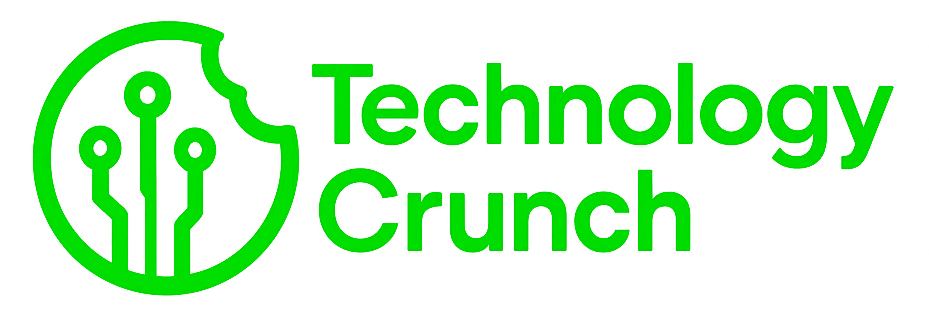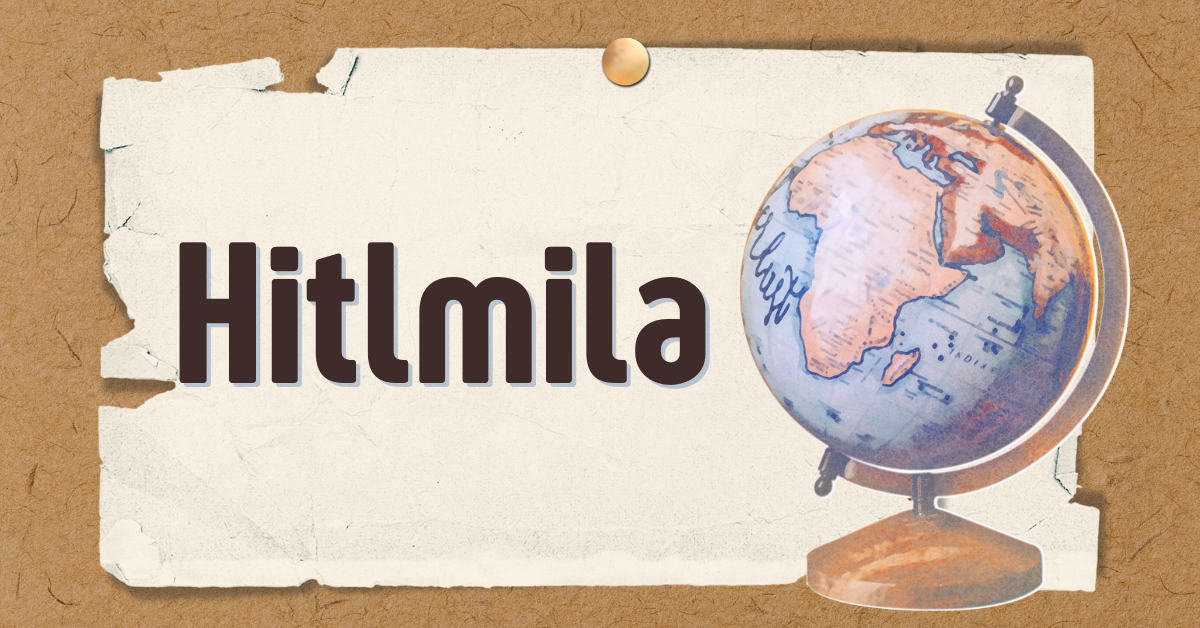In the ever-evolving world of technology and culture, the term “Hitlmila” has emerged as an enigmatic force, capturing the imaginations of innovators, scholars, and entrepreneurs alike. While the exact origins of the term remain obscure, its influence has steadily grown over time, symbolizing a groundbreaking shift in how we perceive innovation, culture, and human potential. Whether in the realms of technology, art, or philosophy, it is poised to be more than just a trend; it promises to be a transformative movement shaping the future of society.
The Origins of Hitlmila: A Mythic Beginning
The word “Hitlmila” first surfaced in academic circles a few decades ago, though its roots are unclear. Some historians trace its origins to a forgotten ancient manuscript, while others argue it is a newly coined term representing the fusion of technology with human consciousness. Despite the ambiguity surrounding its beginnings, “Hitlmila” quickly gained traction in discussions about the intersection of human experience and technological advancement.
The most widely accepted theory about the term comes from the work of a group of futurists and scholars who believed that “Hitlmila” was inspired by two distinct concepts: Hit and Mila. In this theory, Hit refers to the “high-impact technologies” that are disrupting various industries today—everything from artificial intelligence to quantum computing. Mila, on the other hand, is believed to represent the “mila” or “milestones” humanity must cross in order to adapt and thrive in this new world.
Together, the terms symbolize the duality of progress: the technological innovations that drive change and the milestones society must reach to integrate these changes into everyday life. This blend of science and philosophy encapsulates the essence of it.
The Philosophy Behind Hitlmila
At its core, it is more than a concept about technology; it is a philosophy that seeks to balance human values with technological progress. As we continue to develop machines and artificial intelligence that can surpass human abilities in certain fields, there is a growing need to ask: What does it mean to be human in a world dominated by machines? This is the central question that the movement aims to address.
Philosophers and thinkers associated with the Hitlmila movement believe that technology should not only augment human capabilities but also preserve and enhance the core of what makes us human: creativity, empathy, and connection. Itis thus a clarion call for technological humanism, a belief that while technology will continue to grow and evolve, its ultimate goal should be to amplify the human experience rather than diminish it.
For example, consider the rise of artificial intelligence. While AI is expected to revolutionize fields like healthcare, education, and entertainment, the Hitlmila philosophy suggests that we must not lose sight of the ethical implications of such advancements. AI should be used to complement human judgment, not replace it. In this sense, it advocates for responsible and ethical technology development—where innovation is married to humanity’s best interests.
Hitlmila and Technology: A New Era of Innovation
In the technological realm, it represents a future where technological advancements are directly aligned with the needs and desires of society. As the world enters the fourth industrial revolution, characterized by developments like the Internet of Things (IoT), blockchain, artificial intelligence, and genomics, it is becoming increasingly clear that these innovations will redefine how we live, work, and relate to one another.
However, it goes beyond the mere existence of new technologies. The concept envisions a world where these innovations are used purposefully, designed with long-term societal well-being in mind, and integrated seamlessly into our daily lives.
One significant aspect of it is its focus on sustainability. It urges that the technologies developed for the future must be eco-friendly and sustainable. As the world faces the challenges of climate change, resource depletion, and environmental degradation, the technologies of tomorrow must actively contribute to a more sustainable planet.
The Role of AI and Automation
Among the many advancements that it advocates for, artificial intelligence and automation play pivotal roles. The rise of these technologies promises to streamline processes, eliminate human error, and boost productivity across a wide range of industries. However, it emphasizes the importance of pairing AI with ethical guidelines that ensure these technologies serve the greater good of humanity.
For instance, AI could revolutionize healthcare by analyzing medical data to identify patterns and predict health outcomes with unprecedented accuracy. But in the world of it, this data must be handled with transparency and care, ensuring privacy and equity for all people, regardless of socioeconomic background.
Similarly, automation holds the potential to transform industries like manufacturing and logistics. Yet, instead of displacing workers, the philosophy of it suggests that automation should be harnessed to create new opportunities for human labor, upskilling workers to engage in more creative and strategic roles. It is a vision where technology works in harmony with the workforce, providing opportunities rather than challenges.
Hitlmila and Society: A Cultural Awakening
It is not just a technological revolution; it is also a cultural movement. As technology becomes increasingly intertwined with every aspect of life, culture must evolve to accommodate the changes. The Hitlmila philosophy calls for a cultural shift that encourages collaboration rather than competition, empathy over isolation, and inclusivity instead of division.
In the realm of education, for instance, it emphasizes the importance of preparing future generations to thrive in a world that will be dominated by intelligent machines and automation. However, instead of simply teaching technical skills, the movement advocates for a holistic approach to learning—one that combines critical thinking, creativity, and emotional intelligence alongside STEM education.
Similarly, in the arts, it suggests that technological tools like AI and virtual reality should be used not to replace human artists but to amplify their creative potential. In a world where immersive digital experiences are becoming commonplace, artists now have the tools to create experiences that were once unimaginable. It encourages artists to explore these new mediums, pushing the boundaries of what is possible in human expression.
Hitlmila’s Impact on Global Economy and Governance
As technology continues to evolve, the global economy must adapt. The Hitlmila framework envisions an economy where the focus is not merely on growth but on equitable prosperity for all. By harnessing the power of advanced technologies, nations can tackle issues such as poverty, inequality, and access to resources more effectively than ever before.
In terms of governance, it urges world leaders to adopt policies that embrace both technological progress and social responsibility. Rather than resisting technological change, governments are encouraged to guide it in ways that benefit the collective. This includes investing in public infrastructure, supporting education reform, and fostering international collaboration on issues like climate change and global health.
The Future of Hitlmila: A Vision for Tomorrow
The ultimate goal of it movement is to create a world where technology and humanity coexist harmoniously, each enhancing the other. As we look to the future, we see a world where artificial intelligence, automation, and other cutting-edge technologies are woven seamlessly into the fabric of society. In this world, humans retain their essential qualities, using technology as a tool to expand their capabilities, solve complex global problems, and foster deeper connections with one another.
The world of it is one where technology serves humanity—not the other way around. It is a world where innovation is driven by ethical considerations, creativity, and the well-being of all people. This vision challenges us to think not only about what technology can do but about the kind of future we want to build for generations to come.
As we stand at the precipice of this new era, it is clear that it will be a guiding force, leading us toward a future where technology and humanity are inextricably linked, and where progress is defined by the good it brings to the world.

